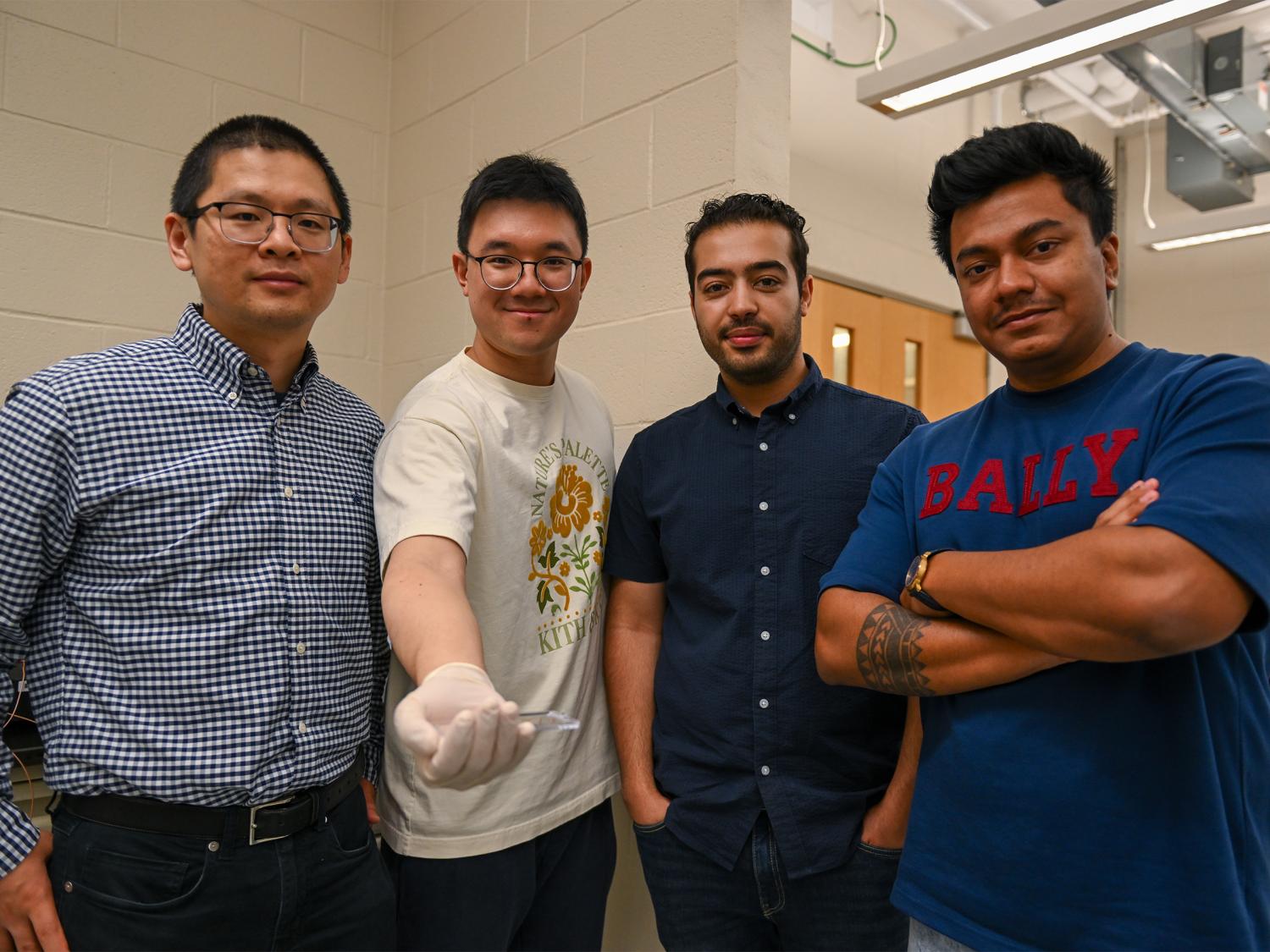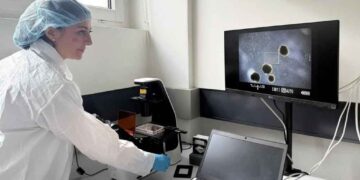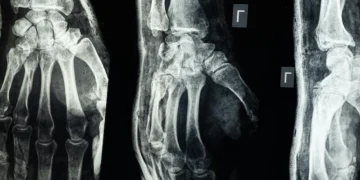In a landmark achievement for science and Bangladesh, Promit Ghosh, a Bangladeshi researcher and alumnus of BUET’s Mechanical Engineering Department, has rewritten a 165-year-old scientific principle Kirchhoff’s Law of Thermal Radiation.
Now a PhD researcher at Pennsylvania State University (Penn State), Promit is part of a research team that has successfully challenged one of thermal physics’ oldest laws by demonstrating that a newly developed ultra-thin material can emit more heat than it absorbs a feat once thought impossible.
Their findings, published in the prestigious journal Physical Review Letters and selected as an “Editor’s Suggestion,” have not only stunned the global scientific community but have also positioned Promit Ghosh as a symbol of Bangladesh’s rising talent in advanced science and engineering.
The Science Behind the Breakthrough
The law Promit helped to overturn Kirchhoff’s Law was established in 1860 by German physicist Gustav Kirchhoff. It posits that for a material in thermal equilibrium, the amount of energy it emits as radiation must be equal to the amount it absorbs. This reciprocal balance had been a foundational assumption in thermal physics for more than a century.
But the Penn State team, using a novel ultra-thin metamaterial, proved otherwise.
They created a structure made from five carefully layered semiconductor materials, forming a material just 2 micrometers thick- thinner than a strand of human hair. Remarkably, this new material was found to emit significantly more thermal radiation than it absorbed, directly violating Kirchhoff’s law.
A Custom-Built Tool to Break the Kirchhoff’s Law
To validate this unprecedented phenomenon, the team built a sophisticated instrument called the Magnetic Thermal Spectrophotometer, capable of measuring thermal emission with extreme precision. When combined with a strong magnetic field, the device helped the team observe the strongest-ever break in the reciprocity of thermal radiation.
Where previous experiments showed only minor deviations from Kirchhoff’s law, this study recorded a contrast value of 0.43, the highest ever observed, and across a broad wavelength band of 10 micrometers. Prior experiments could only manage 0.22 at most and within much narrower bands.
What Makes This Material Unique
-
Ultra-thin & Transferable: The material is only 2 micrometers thick, allowing it to be transferred to other surfaces and integrated into various devices.
-
Broad Emission Band: Thanks to multiple resonance peaks from the layered design, the material emits across a broad infrared range.
-
Custom Design: The five-layer semiconductor design is what enables such a dramatic violation of thermal reciprocity.
This ability to control the direction and strength of thermal radiation opens the door to massive advancements in technology from solar panels that capture more energy to infrared sensors, thermal batteries, and heat management systems that work smarter and more efficiently.
Dr. Linxiao Zhu, the corresponding author and assistant professor at Penn State, explained the real-world significance of this research:
“If we can use nonreciprocal emitters, we can prevent energy loss in solar cells by directing emission away from the sun. This could increase power conversion efficiency to thermodynamic limits.”
The research redefines how we understand energy transfer and thermal emissions, making possible what was once limited to science fiction such as highly efficient energy-harvesting devices and smart thermal cloaking systems.
Read More: Bitcoin Hits a New Record Surpasses $120K Amid Global Market Surge
Global Attention and Recognition
International scientific communities and media outlets have taken note. The breakthrough not only challenges long-standing physics but also showcases how Bangladeshi scientists are shaping the future of global innovation.
Promit Ghosh’s contribution is a source of immense national pride and proof that Bangladesh has a place at the table in world-class scientific innovation.
Support and Funding
This research was made possible through support from:
-
The U.S. National Science Foundation
-
The Kaufman New Investigator Award
-
A Penn State Institute of Energy and the Environment seed grant
The project demonstrates how strategic investment in scientific research can unlock revolutionary solutions to real-world problems.
A Bangladeshi Flag in Global Science
Promit Ghosh’s name is now etched into the story of modern physics. His work will not only inspire future innovations but will also ignite passion among young scientists across Bangladesh and beyond.
At a time when the world needs bold solutions to energy and climate challenges, this discovery shows the power of scientific curiosity and international collaboration. And it proves that one young scientist from Bangladesh can help change the world by rewriting the rules of nature itself.



















